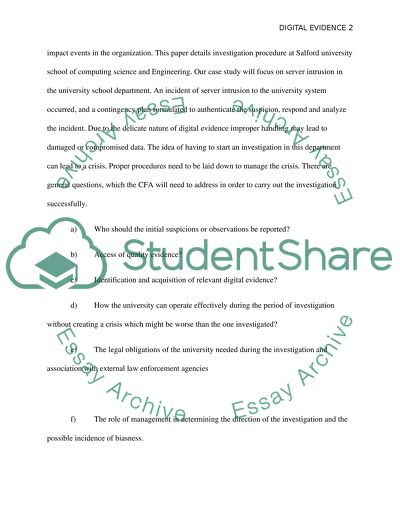Cite this document
(“Organizations digital investigation process Essay - 1”, n.d.)
Organizations digital investigation process Essay - 1. Retrieved from https://studentshare.org/information-technology/1608890-digital-investigation-in-the-organisation
Organizations digital investigation process Essay - 1. Retrieved from https://studentshare.org/information-technology/1608890-digital-investigation-in-the-organisation
(Organizations Digital Investigation Process Essay - 1)
Organizations Digital Investigation Process Essay - 1. https://studentshare.org/information-technology/1608890-digital-investigation-in-the-organisation.
Organizations Digital Investigation Process Essay - 1. https://studentshare.org/information-technology/1608890-digital-investigation-in-the-organisation.
“Organizations Digital Investigation Process Essay - 1”, n.d. https://studentshare.org/information-technology/1608890-digital-investigation-in-the-organisation.


